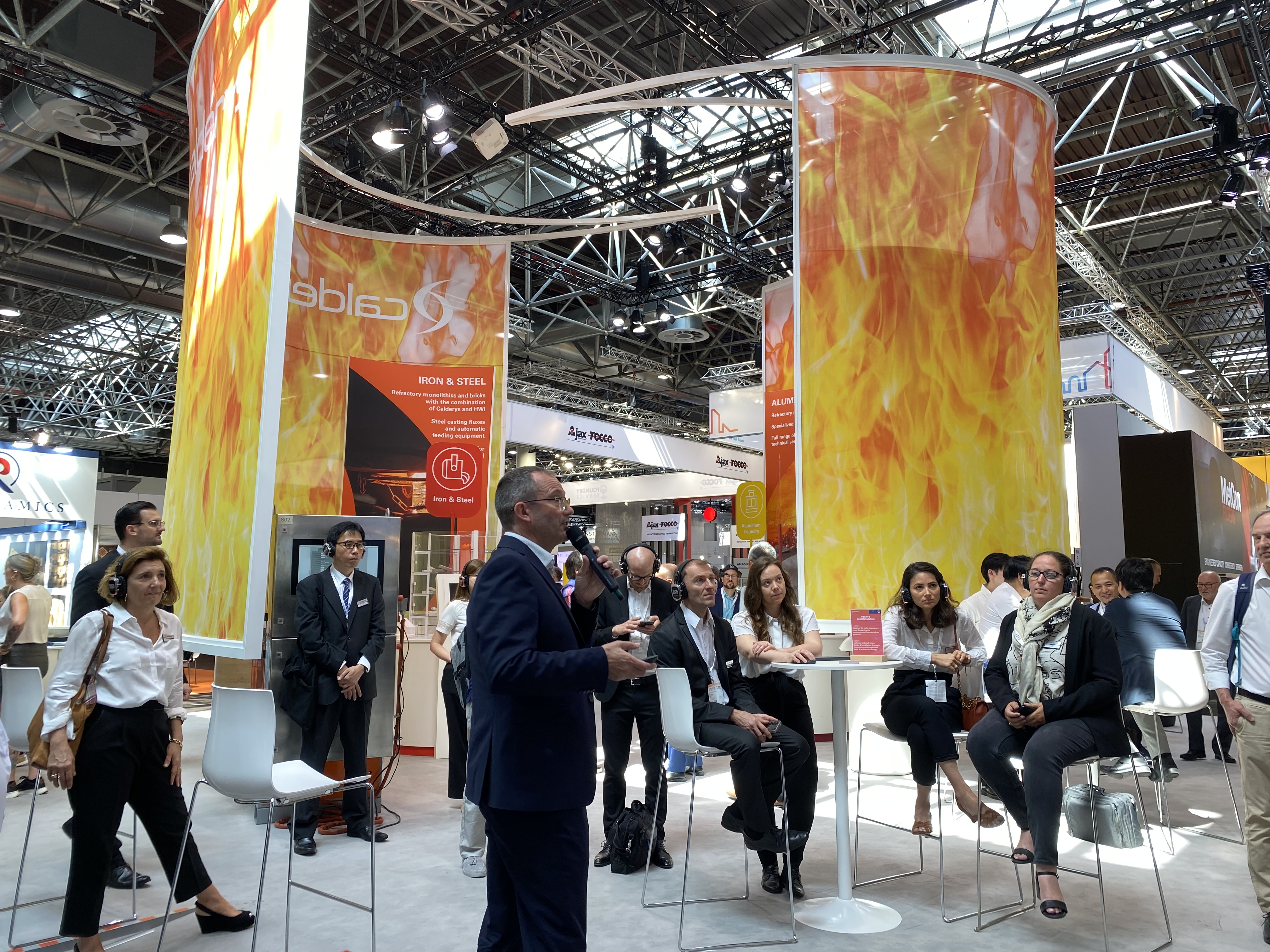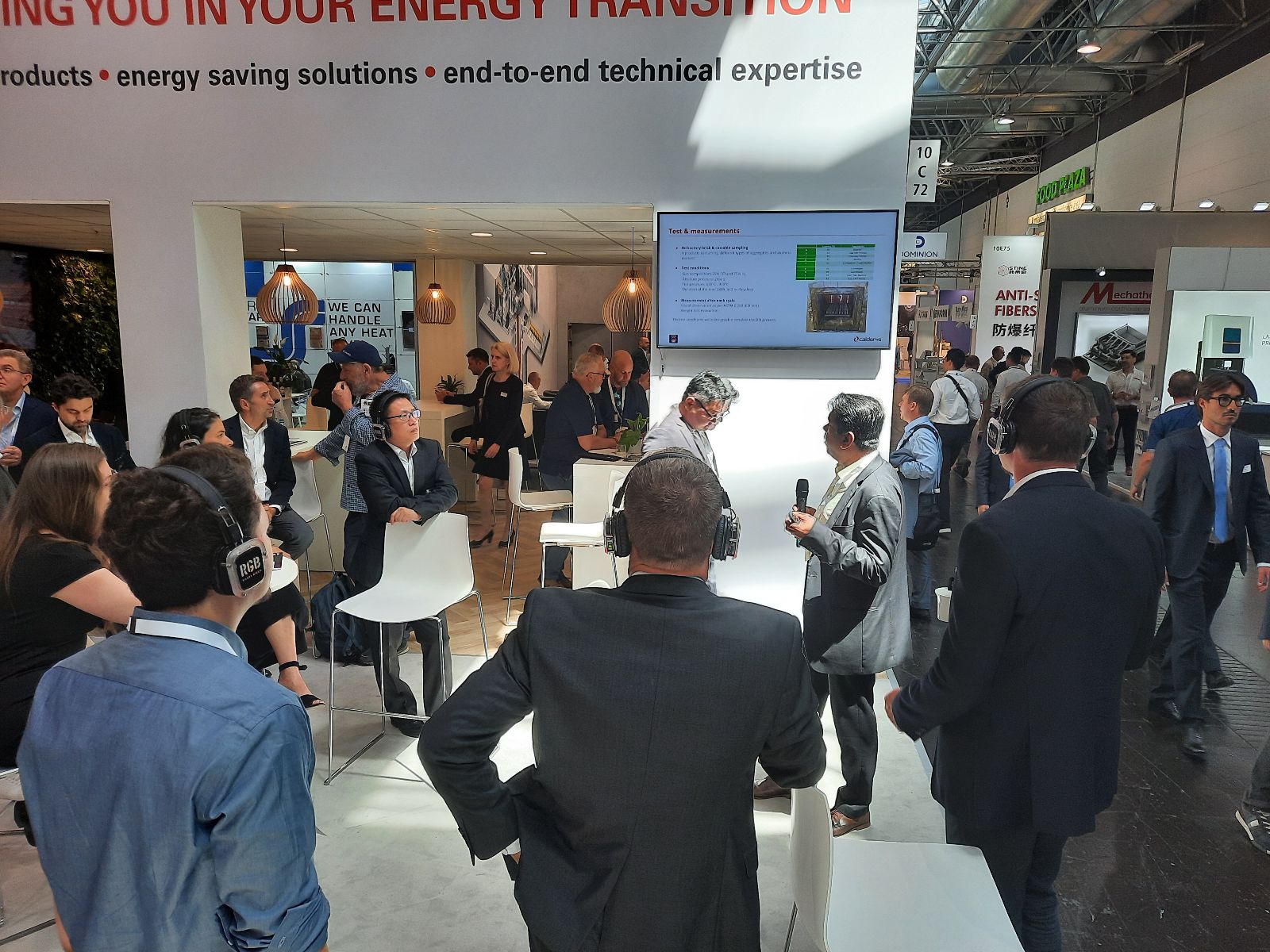Calderys’ Technical Papers at METEC/GIFA 2023: Results of the research
You can now discover the results of each research!
Summary
Sustainability has become an integral part of products and processes. Refractories and other minerals used in the iron and steel manufacturing play an important role and need to bring their contribution to help reduce the environmental impact of the industry. Calderys has developped a methodology to assess the life cycle of their products, from cradle to gate. It is aligned with the WBCSD framework, consistent with ISO standards and it uses quantitative and qualitative indicators. This paper presents the methods, highlightd some results and demonstrates how LCA (life cycle assesment) can help refractory and casting fluxes suppliers optimize their products and solutions in terms of sustainability.
Summary
The new climate and environmental challenges have made the iron-making industry move towards cleaner production and therefore to greener refractory consumption. The blast furnace is the main vessel in the iron-making process, its tapping mainly relies on the quality of the Tap-Hole Clay (THC). For a long time, coal tar-bonded THCs were used for their easy injection and good adhesion to the tap-hole walls but their high toxicity led to the use of phenolic resins. Despite their lower toxicity level, these resins are rising some concerns. This study examined and compared two different resin binding systems: a conventional phenolic resin and a low free phenol resin. On the first hand, the effects of these binding systems on the general plastic behavior of the products were analyzed and also correlated to their physical and mechanical properties. A comprehensive understanding of the taphole’s severe operating conditions such as high temperature, high pressure, and corrosion by slag and molten pig iron is required. Therefore, the injectability of the studied samples was investigated at high temperatures to characterize the setting of the material, the cracks formation, and the outlet of volatiles during the plugging mechanism of the THC in the blast furnace. A chemical analysis of the Polycyclic Aromatic Hydrocarbons (PAHs) present in the samples was also performed. Discover more in the paper.
Summary
Direct reduction of iron technologies has proven to have lower CO2 footprint compared to the conventional blast furnace routes. They are also further moving towards higher hydrogen content in the reducing gas in order to minimize the direct CO2 emissions. High hydrogen concentration in the reducing gas may react with the refractory and change its physico-chemical characteristics, resulting in an alteration of chemical and mechanical resistance as well as a change of the thermal gradient in the refractory lining. This paper reviews the functional requirements of the refractory linings of a DRI reactor with higher percentage of H2 in the reducing gas and recommends optimum total solution, brick, monolithic and jointing products, based on the past experience and recent experimental studies.



